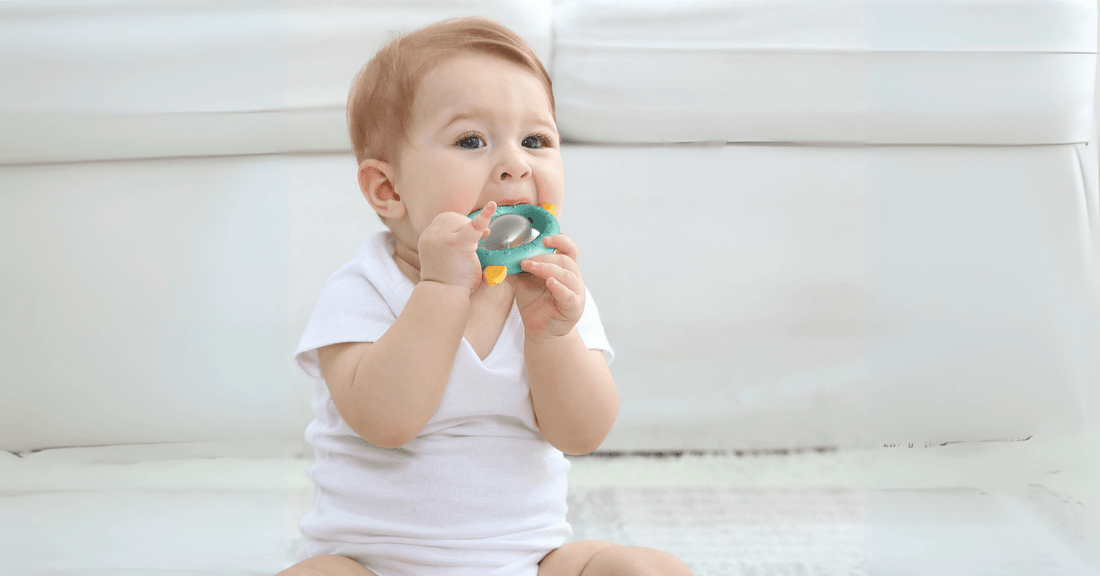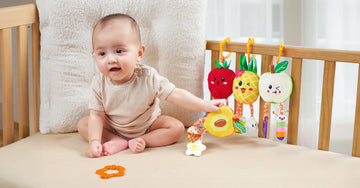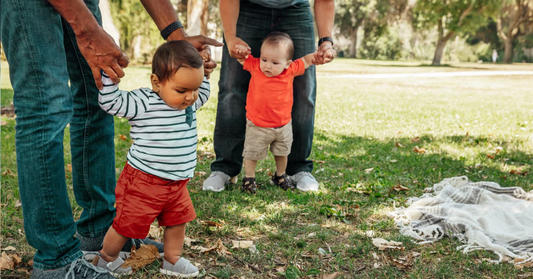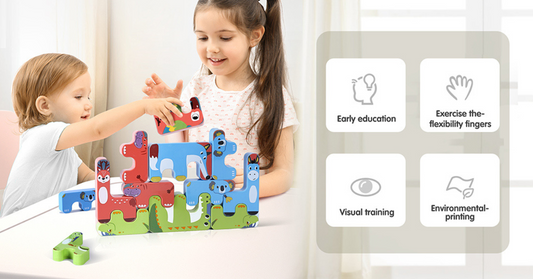Когда вы должны дать ребенку игрушку для прорезывания зубов?

Прорезывание зубов может быть трудным как для младенцев, так и для родителей. Знание того, когда следует вводить игрушку для прорезывания зубов — обычно в возрасте 3–6 месяцев — может помочь облегчить дискомфорт. Узнайте, как распознать признаки, выбрать самые безопасные варианты и избежать распространенных ошибок.
Ваш ребенок внезапно начал пускать слюни, стал капризным или жует все подряд? Дискомфорт при прорезывании зубов достигает пика в возрасте от 3 до 6 месяцев, но родители часто упускают момент, когда нужно вводить игрушки для прорезывания зубов. Начинайте, как только появляются симптомы — не позволяйте воспаленным деснам задерживать облегчение!
Младенцам обычно нужны игрушки для прорезывания зубов3-6 месяцев, когда появляются такие признаки, как чрезмерное слюнотечение, раздражительность или жевание кулаков. Выбирайте одобренные FDA, нетоксичные игрушки, такие как силиконовые прорезыватели или охлажденные резиновые кольца. Всегда контролируйте использование, чтобы обеспечить безопасность.
Время имеет значение — но это только первый шаг. А что, если ваш ребенок ненавидит прорезыватели? Или как выбрать самый безопасный вариант? Давайте копнем глубже.
В1: Как узнать, действительно ли моему ребенку нужна игрушка для прорезывания зубов?
Не всякая нервозность означает прорезывание зубов, но неверная оценка может продлить дискомфорт. Если ваш ребенок грызет игрушки, постоянно пускает слюни или у него опухли десны, пора действовать.
Ключевые сигналы включают в себя:покрасневшие десны, отказ от пищи, или потирание ушей (из-за боли в челюсти). Предложите охлажденный прорезыватель для зубов, чтобы снять дискомфорт и отвлечься от раздражения.
В2: Что делает игрушку для прорезывания зубов безопасной для малышей?
Дешевые прорезыватели для зубов могут содержать вредные химические вещества, такие как БФА, рискуя здоровьем вашего ребенка. Поставьте безопасность выше милого дизайна.

Безопасные прорезыватели для зубов должно бытьНе содержит бисфенол А, прочный (без съемных частей) и легко чистится. Выбирайте медицинский силикон или натуральный каучук.
В3: Можно ли использовать предметы домашнего обихода вместо игрушек для прорезывания зубов?
Закончились прорезыватели для зубов? Может показаться, что сделать это своими руками легко, но небезопасные альтернативы (например, замороженные ложки) могут нанести вред нежным деснам.
Более безопасные временные варианты включают в себя охлажденные мочалки (завязанный и замороженный) или сетчатые кормушки с замороженными фруктами. Избегайте твердых предметов или сырых овощей, которые могут вызвать удушье.
Заключение:
Знакомьте ребенка с игрушками для прорезывания зубов при первых признаках дискомфорта (3–6 месяцев), отдавайте предпочтение нетоксичным материалам и избегайте небезопасных заменителей. Соответствуя потребностям и стандартам безопасности вашего ребенка, вы превратите болезненную фазу в мирное облегчение.







0 комментарии